Technical Documentation: ABB S-073N 3BHB009884R0021
1. Product Description
The ABB S-073N 3BHB009884R0021 is a high-voltage, industrial-grade power unit module designed for ABB’s ACS 800 series medium-voltage (MV) variable frequency drives (VFDs)—a flagship platform for heavy-duty industrial applications such as mining, oil & gas, metal processing, and power generation. As a critical component of ABB’s modular MV drive architecture, this module specializes in converting AC input power to controlled DC power (rectification) and back to variable-frequency AC power (inversion), enabling precise speed and torque control of large electric motors (e.g., 1MW+ induction motors for conveyor belts, pumps, and compressors).
Unlike generic power modules, the S-073N 3BHB009884R0021 is distinguished by its robust semiconductor design, active thermal management, and seamless integration with ABB’s drive ecosystem. It leverages insulated gate bipolar transistors (IGBTs) with advanced gate drivers to deliver high power density, low switching losses, and reliable operation in harsh industrial environments—where voltage fluctuations, high vibration, and extreme temperatures are common. Its modular design also allows for easy scaling (via parallel connection of multiple modules) to match the power requirements of large motors, making it ideal for applications where downtime directly impacts production throughput (e.g., steel mill rolling mills, mining crushers).
Key Differentiators
- High Power Density: Compact form factor (relative to power output) enables dense integration in MV drive cabinets, saving floor space in industrial facilities.
- Active Thermal Control: Integrated heat sinks with forced-air cooling (or optional liquid cooling) maintain optimal IGBT temperatures, extending component lifespan and preventing thermal shutdowns.
- Fault Resilience: Built-in overvoltage/overcurrent protection, IGBT temperature monitoring, and short-circuit detection—minimizing damage during electrical faults and enabling fast recovery.
Typical Applications
- Mining: Controlling large crusher motors (2-5MW) and conveyor belt systems, where precise speed control reduces mechanical wear and optimizes energy use.
- Metal Processing: Driving rolling mill motors in steel plants, enabling adjustable speed to match material thickness requirements and improve product quality.
- Oil & Gas: Powering offshore platform compressors and pipeline pumps, with rugged design to withstand saltwater corrosion and voltage transients.
- Power Generation: Controlling boiler feedwater pumps and induced draft fans in thermal power plants, ensuring stable operation and energy efficiency.
2. Technical Specifications
Specifications are organized by functional category, with clear industrial relevance highlighted to connect parameters to real-world heavy-industry needs.
2.1 Electrical Performance
|
Parameter
|
Details
|
Industrial Relevance
|
|
Rated Input Voltage
|
3.3 kV AC (line-line); compatible with 3.0-3.6 kV AC input range
|
Matches global medium-voltage standards for industrial motors, eliminating the need for step-down transformers in most facilities.
|
|
Rated Output Current
|
120 A (continuous); 150 A (1-minute overload, 125% of rated)
|
Supports motors up to ~750 kW (at 3.3 kV), with overload capacity to handle startup surges (common in crusher/conveyor applications).
|
|
Power Rating
|
660 kVA (continuous); 825 kVA (1-minute overload)
|
Delivers sufficient power for mid-sized industrial motors, with headroom for dynamic loads (e.g., sudden increases in conveyor weight).
|
|
Semiconductor Technology
|
1200 V IGBT modules (6-pack configuration); advanced gate driver with soft switching
|
Reduces switching losses by 20% compared to older thyristor designs, lowering energy consumption and heat generation in 24/7 operations.
|
|
Switching Frequency
|
Configurable: 2-10 kHz (optimized for motor noise and efficiency)
|
Lower frequencies (2-5 kHz) reduce motor acoustic noise (critical in indoor facilities), while higher frequencies (8-10 kHz) improve torque control precision (for metal processing).
|
|
Input Power Factor
|
≥ 0.95 (at rated load)
|
Minimizes reactive power draw from the grid, avoiding penalties from utility companies and improving overall plant power quality.
|
2.2 Thermal & Mechanical Design
|
Parameter
|
Details
|
Industrial Relevance
|
|
Cooling System
|
Forced-air cooling (standard); optional liquid cooling (water-glycol mixture, 30-50°C inlet)
|
Forced-air is cost-effective for indoor use (e.g., steel mill control rooms); liquid cooling is ideal for high-ambient-temperature environments (e.g., mining underground facilities).
|
|
Thermal Resistance
|
0.15 °C/W (junction-to-heatsink); max IGBT junction temperature: 150°C
|
Ensures IGBTs operate below maximum temperature even at 125% overload, preventing thermal degradation and extending module lifespan (target: 10+ years).
|
|
Physical Dimensions
|
450 mm (H) × 320 mm (W) × 280 mm (D); weight: 28 kg
|
Compact design fits in standard ABB ACS 800 MV drive cabinets (600mm width), enabling multi-module parallel configurations for higher power (e.g., 4 modules for 2.6 MW output).
|
|
Protection Ratings
|
IP20 (front panel); IP00 (internal components, when installed in drive cabinet)
|
Protects against dust ingress (common in mining/metal processing) while ensuring airflow for cooling.
|
2.3 Environmental & Reliability Ratings
|
Parameter
|
Details
|
Industrial Relevance
|
|
Operating Temperature
|
-10°C to +40°C (ambient); derating required above +40°C (1% per °C up to +50°C)
|
Withstands temperature variations in outdoor oil & gas platforms or indoor factories without additional climate control (up to +40°C).
|
|
Humidity Resistance
|
5% to 95% RH (non-condensing), per IEC 60068-2-30
|
Operates reliably in humid environments (e.g., coastal power plants) without risk of corrosion or electrical shorts.
|
|
Vibration Resistance
|
5-150 Hz, 0.5 g (random, IEC 60068-2-6); 10 g (shock, 11 ms, IEC 60068-2-27)
|
Tolerates vibration from nearby motors or conveyor systems, preventing loose connections or component damage in mining/metal processing plants.
|
|
EMC Compliance
|
EN 61800-3 (adjustable speed electrical power drive systems); EN 55011 (industrial scientific medical equipment)
|
Reduces electromagnetic interference with nearby control systems (e.g., PLCs, sensors), ensuring stable operation of interconnected plant equipment.
|
|
Mean Time Between Failures (MTBF)
|
≥ 80,000 hours (per ABB reliability data, at 25°C ambient)
|
Minimizes unplanned downtime—critical for 24/7 operations (e.g., oil pipelines, where shutdowns cost $100k+/hour).
|
2.4 Control & Monitoring
|
Parameter
|
Details
|
Industrial Relevance
|
|
Control Interface
|
ABB proprietary fiber-optic link (to ACS 800 drive controller); supports real-time current/voltage feedback
|
Enables high-speed communication with the drive controller (<100 µs latency), ensuring precise torque control for dynamic loads (e.g., rolling mill speed changes).
|
|
Monitoring Parameters
|
IGBT junction temperature, input/output current/voltage, DC bus voltage, cooling fan status
|
Provides operators with real-time module health data (via ABB DriveWindow software), enabling predictive maintenance (e.g., replacing fans before failure).
|
|
Fault Protection
|
Overvoltage (DC bus), overcurrent (output), short-circuit (IGBT), overtemperature (heatsink), fan failure
|
Shuts down the module within microseconds during faults (e.g., motor short circuit), preventing damage to expensive IGBTs and minimizing repair costs.
|
|
Diagnostics
|
Fault code logging (100 most recent events); remote diagnostics via ABB ServicePort
|
Simplifies troubleshooting—technicians can access fault history remotely (e.g., for offshore platforms) to identify root causes (e.g., “overtemperature due to clogged air filter”).
|
3. System Overview
The ABB S-073N 3BHB009884R0021 operates as a core building block of ABB’s ACS 800 medium-voltage drive system, functioning within a four-layer modular architecture—power conversion, thermal management, control communication, and fault resilience—to deliver reliable, high-performance motor control:
3.1 Layer 1: Power Conversion
This layer handles the critical task of converting AC grid power to variable-frequency AC power for motor control, using a two-stage process:
- Rectification: The module’s 6-pack IGBT configuration first converts 3.3 kV AC input to a stable DC voltage (DC bus) by switching IGBTs in a controlled sequence. This DC bus voltage is regulated to ~4.7 kV (for 3.3 kV input) to ensure consistent power delivery, even during grid voltage fluctuations (common in mining areas with unstable power grids).
- Inversion: The DC bus power is then inverted back to AC power with variable frequency (0-50/60 Hz) and voltage, matching the motor’s speed and torque requirements. The IGBT switching frequency (2-10 kHz) is optimized via the ACS 800 controller to balance motor efficiency, acoustic noise, and thermal losses—for example, using 5 kHz switching for a crusher motor to reduce noise in a mining control room.
- Parallel Scaling: For higher-power motors (e.g., 2 MW+), multiple S-073N modules are connected in parallel. The ACS 800 controller synchronizes their output currents to ensure even load distribution, preventing overloading of individual modules and enabling seamless power scaling.
3.2 Layer 2: Thermal Management
This layer maintains optimal operating temperatures for the module’s IGBTs, a critical factor in reliability and lifespan:
- Forced-Air Cooling (Standard): A high-performance fan (rated for 50,000 hours) pulls cool air through the integrated heat sink, dissipating heat generated by IGBT switching. The fan speed is automatically adjusted based on heatsink temperature (measured via a thermistor)—running at low speed during light loads (reducing noise and energy use) and high speed during heavy loads (ensuring maximum heat removal).
- Liquid Cooling (Optional): For high-ambient-temperature environments (e.g., underground mines, where ambient temps exceed 40°C), the module can be fitted with a liquid-cooled heat sink. A water-glycol mixture (30-50°C inlet) circulates through the heat sink, removing heat 3x more efficiently than forced air and eliminating the need for large air vents (reducing dust ingress).
- Thermal Monitoring: The module continuously measures IGBT junction temperature (via built-in temperature sensors) and sends data to the ACS 800 controller. If temperatures approach 140°C (10°C below the 150°C maximum), the controller reduces motor load (derating) to prevent thermal shutdown—critical for avoiding unplanned downtime in 24/7 operations.
3.3 Layer 3: Control Communication
This layer enables real-time data exchange between the module and the ACS 800 drive controller, ensuring precise motor control:
- Fiber-Optic Link: A proprietary fiber-optic cable connects the module to the controller, providing high-speed, noise-immune communication. This link transmits control signals (e.g., “set motor speed to 1500 RPM”) from the controller to the module and feedback signals (e.g., “actual output current: 110 A”) from the module to the controller—with latency <100 µs, enabling fast torque response for dynamic loads (e.g., sudden changes in conveyor belt weight).
- Synchronization: In multi-module parallel configurations, the controller uses the fiber-optic link to synchronize IGBT switching across all modules. This ensures output currents are balanced (±5% tolerance), preventing overheating of individual modules and reducing harmonic distortion in the motor supply (improving motor lifespan).
- Remote Monitoring: The module’s health data (temperature, current, fault codes) is transmitted to ABB’s DriveWindow software (via the controller’s Ethernet port). Operators can view real-time dashboards (e.g., “Module 1: IGBT temp = 85°C, fan status = OK”) and set up alerts (e.g., “Notify via email if temp > 120°C”) for predictive maintenance.
3.4 Layer 4: Fault Resilience
This layer protects the module and connected equipment from electrical faults, minimizing damage and downtime:
- Fast Fault Detection: The module’s gate driver circuit monitors IGBT current/voltage and heatsink temperature in real time. If a fault is detected (e.g., short-circuit in the motor), the gate driver turns off the IGBTs within 1 µs—preventing excessive current from damaging the semiconductor.
- Fault Classification: Faults are categorized by severity (e.g., “warning” for fan failure, “critical” for short-circuit) and logged with time stamps. The controller uses this data to trigger appropriate actions: a warning may trigger an alert (but allow continued operation), while a critical fault shuts down the module and isolates it from the DC bus (preventing faults from spreading to other modules).
- Recovery & Diagnostics: After a fault is resolved (e.g., motor short-circuit fixed), the module can be reset remotely via DriveWindow software. The fault log provides technicians with details (e.g., “short-circuit at t=14:32:05, current=250 A”) to identify root causes and implement preventive measures (e.g., upgrading motor insulation to prevent future shorts).
Example: Steel Mill Rolling Mill Control
In a steel plant, two S-073N 3BHB009884R0021 modules are connected in parallel to power a 1.2 MW rolling mill motor:
- Power Conversion: The modules convert 3.3 kV grid power to DC (4.7 kV bus) and invert it to variable-frequency AC (0-60 Hz) to control the motor’s speed—adjusting from 500 RPM (for thick steel slabs) to 1500 RPM (for thin sheets).
- Thermal Management: Forced-air cooling keeps IGBT temperatures at 80-90°C during operation; the fan speed increases during peak load (120 A output) to maintain thermal stability.
- Control Communication: The ACS 800 controller sends speed setpoints via fiber-optic link, and the modules feed back actual current/voltage data—enabling the controller to adjust torque in real time (e.g., increasing torque when the mill encounters a thicker slab).
- Fault Resilience: During a temporary grid voltage spike (4.0 kV), the module detects overvoltage on the DC bus and reduces output current for 2 seconds until the spike subsides—avoiding a shutdown and preventing disruption to the steel rolling process.
4. Related Models in the ABB MV Drive Power Unit Series
ABB offers a range of power unit modules tailored to different voltage levels, power ratings, and application needs. Below are key alternatives and complements to the S-073N 3BHB009884R0021:
|
Model
|
Key Differences from S-073N 3BHB009884R0021
|
Ideal Application
|
|
ABB S-095N 3BHB009885R0021
|
– Higher rated voltage: 6.6 kV AC input- Rated current: 80 A (continuous), 100 A (overload)- Power rating: 924 kVA
|
High-voltage applications (e.g., 6.6 kV motors for large pipeline pumps in oil & gas, or 6.6 kV fans in power plants).
|
|
ABB S-052N 3BHB009883R0021
|
– Lower rated voltage: 2.3 kV AC input- Rated current: 180 A (continuous), 225 A (overload)- Power rating: 718 kVA
|
Low-to-medium voltage applications (e.g., 2.3 kV conveyor motors in mining, or 2.3 kV compressors in chemical plants).
|
|
ABB S-073N 3BHB009884R0022 (Liquid-Cooled)
|
– Same electrical specs as S-073N 3BHB009884R0021- Integrated liquid-cooled heat sink (no fans)- IP54-rated (dust/water resistant)
|
High-ambient
|



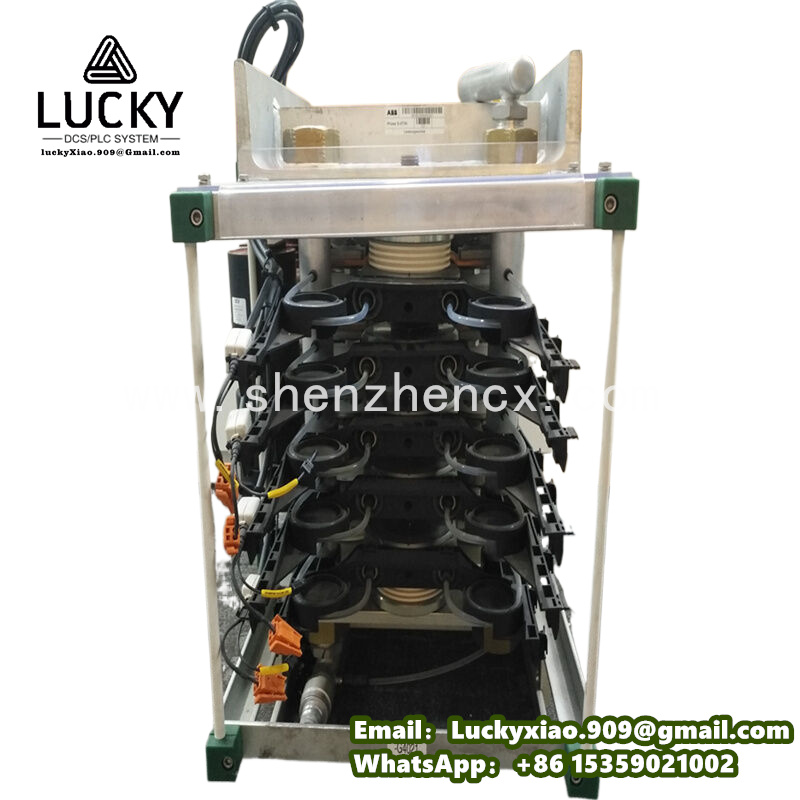
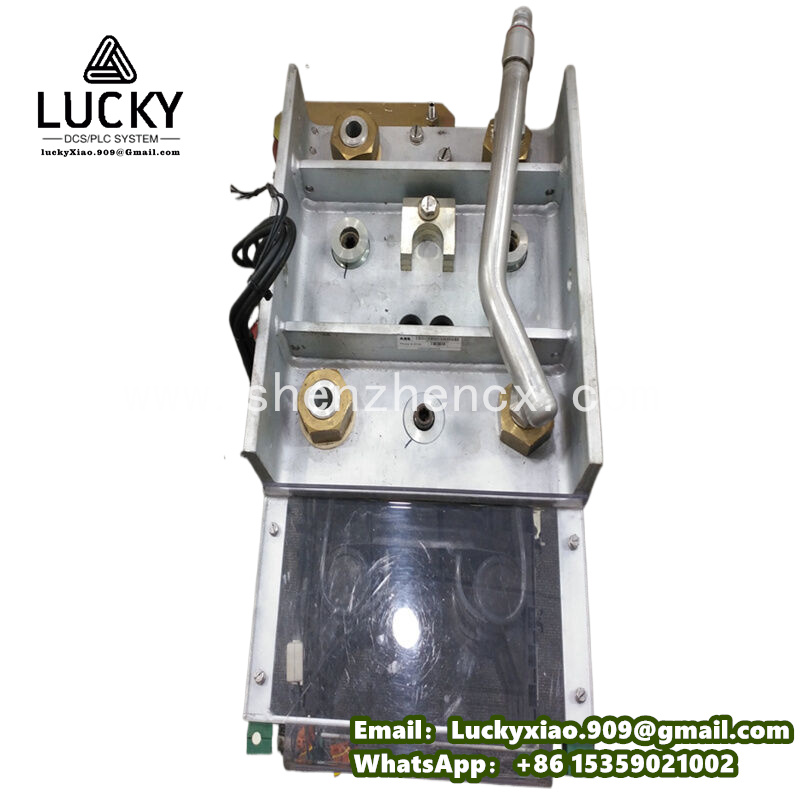
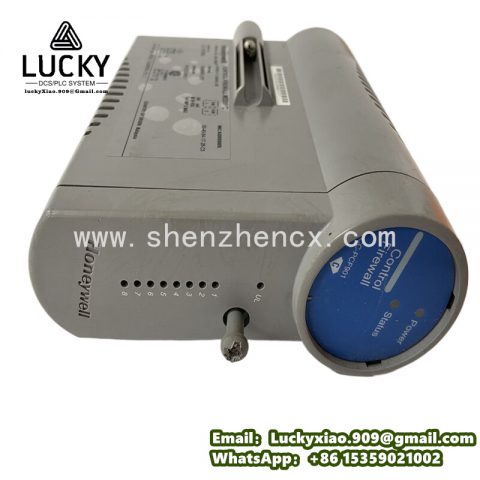
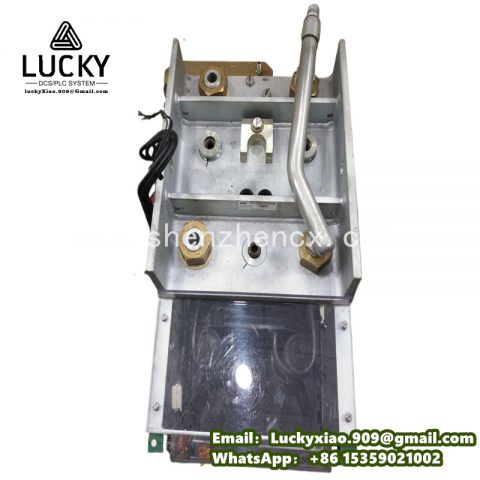
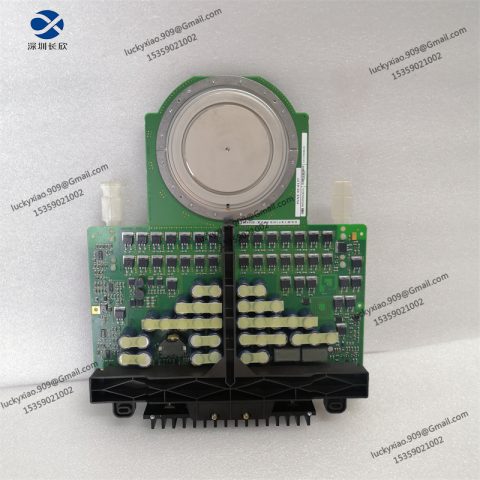
-480x480.jpg)
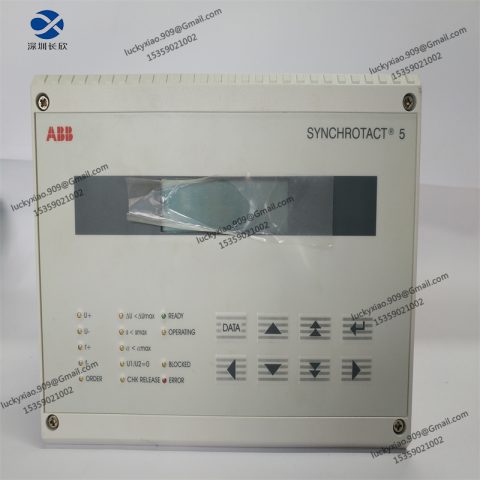
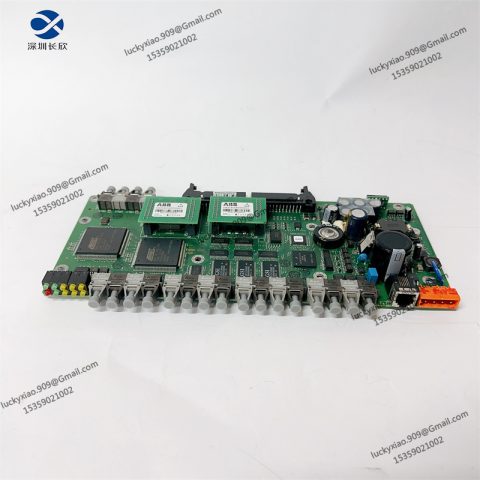
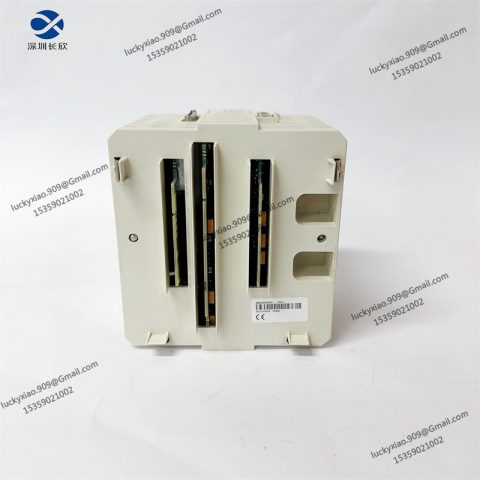
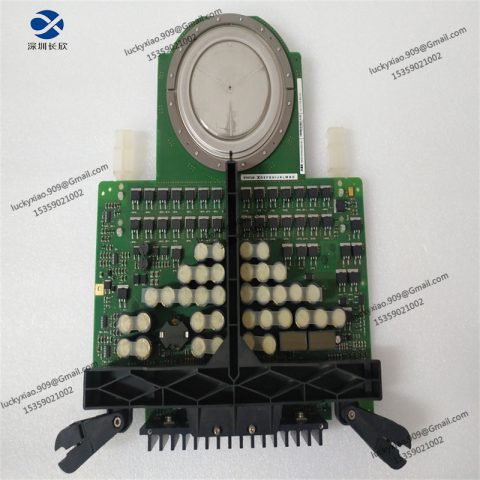
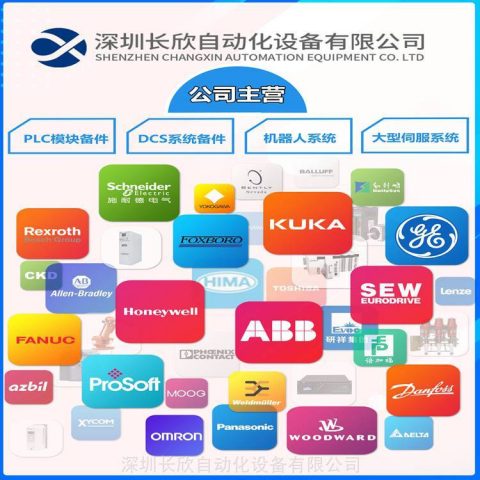
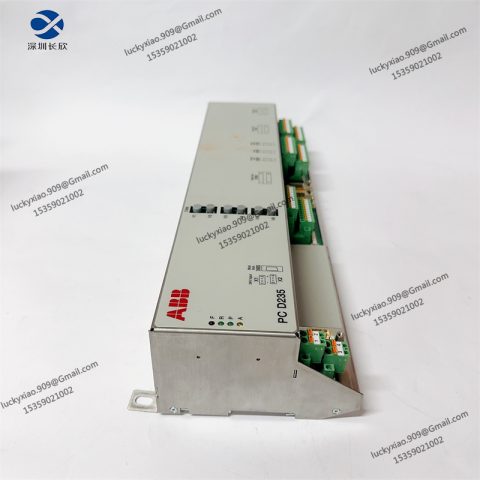
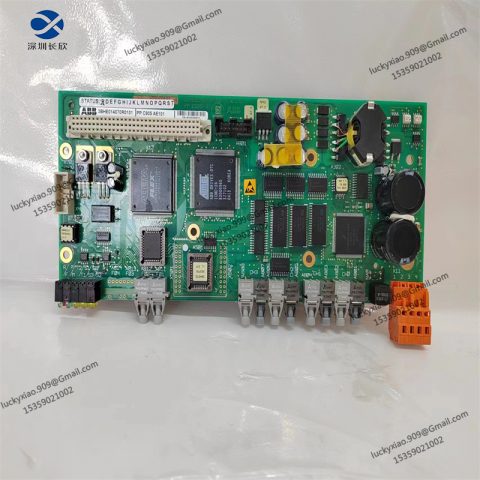
There are no reviews yet.